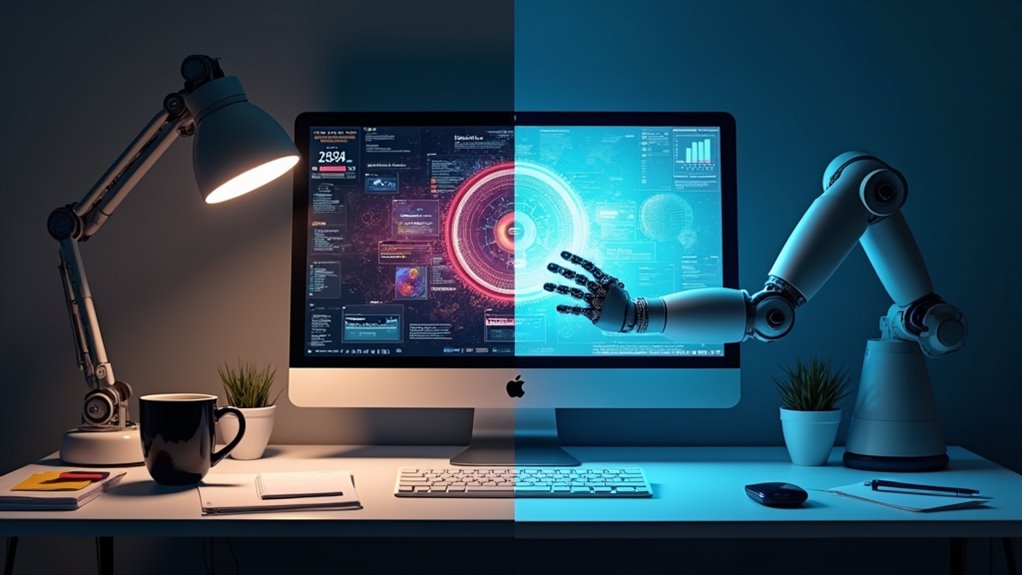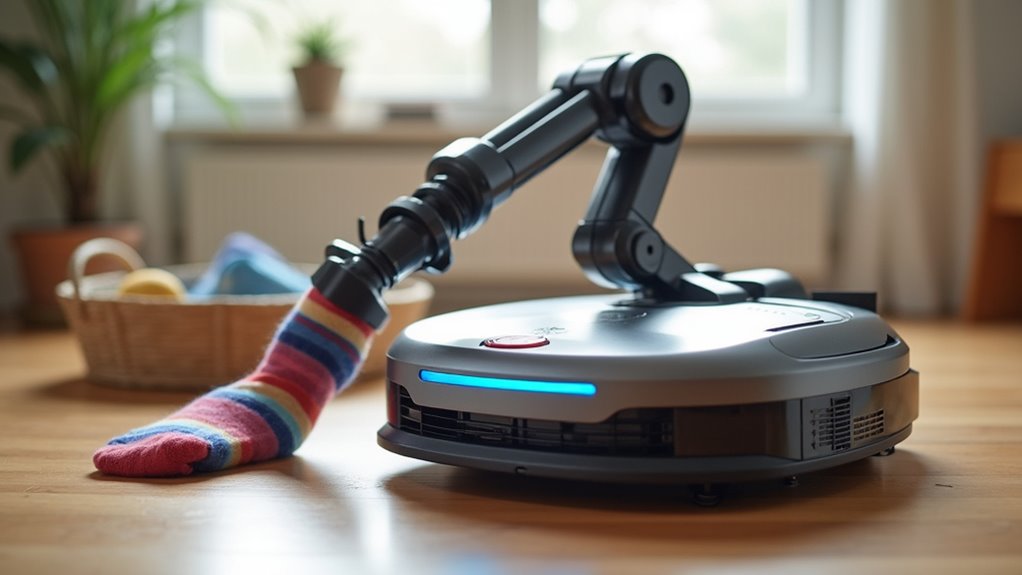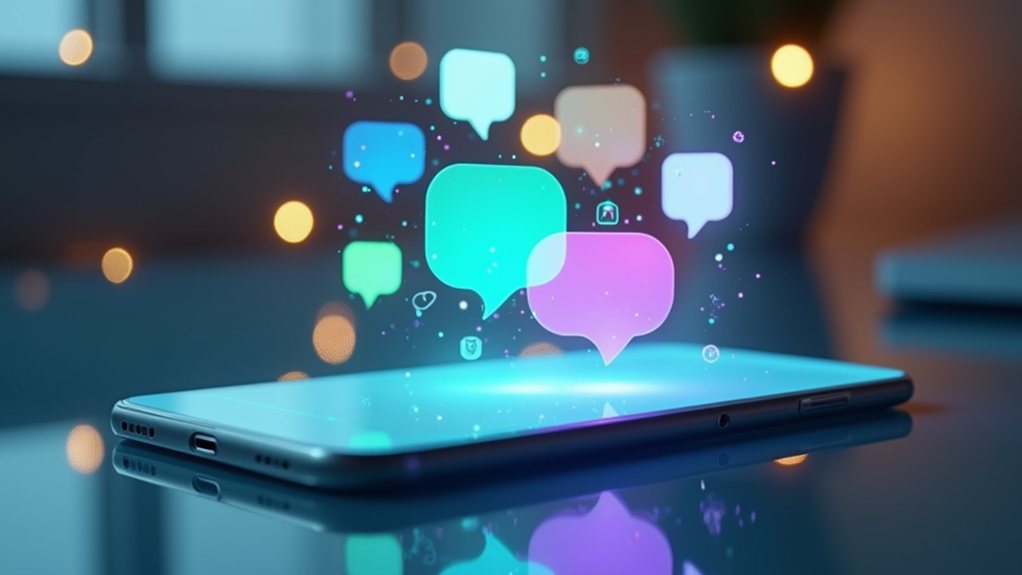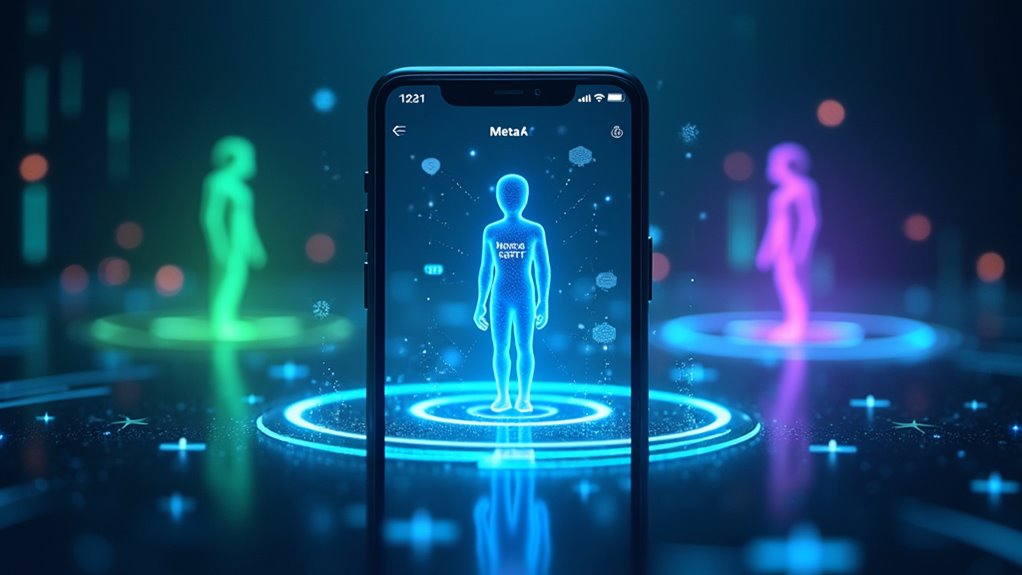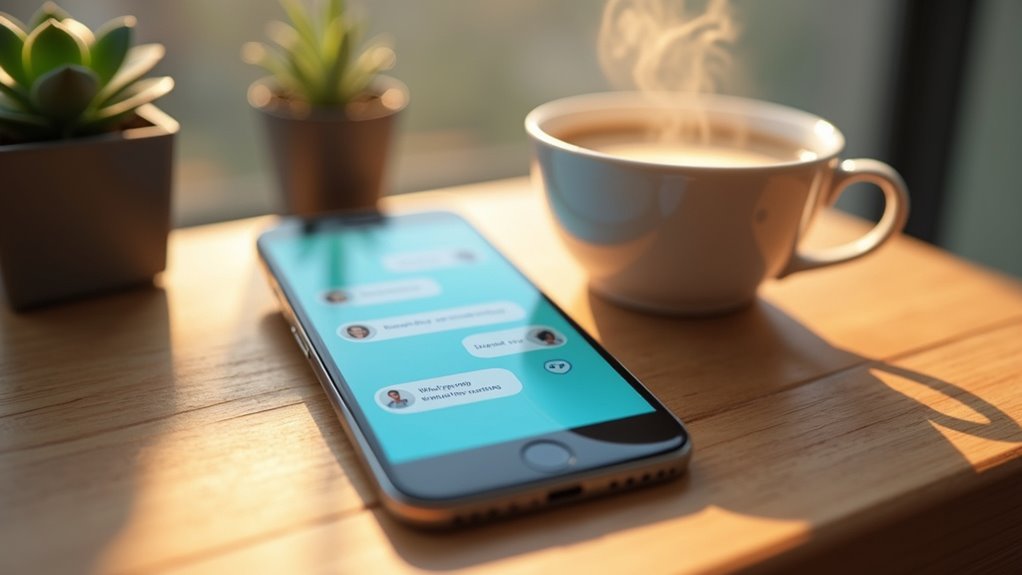AI chatbots are silently transforming workplace dynamics, handling the tedious tasks nobody wants. Only 16% of workers currently use AI tools, despite 83% of companies claiming it’s a priority—classic corporate disconnect, right? While these digital coworkers never need coffee breaks, they’re creating anxiety for the 52% of employees worried about job security. The tech-savvy youngsters are diving in first, widening workplace gaps. The future belongs to those who master the human-AI tango.
While tech enthusiasts celebrate the rise of AI chatbots as the dawn of a new productivity era, millions of workers are eyeing these digital assistants with a mix of fascination and dread. The statistics paint a picture of transformation in progress: only 16% of workers currently use AI for job tasks, yet 83% of companies consider AI a strategic priority. Talk about a gap between ambition and execution.
These digital helpers are rapidly redefining workplace dynamics. They excel at handling mundane, repetitive tasks—the stuff nobody actually *wants* to do anyway—freeing humans for more complex work. Imagine fewer hours spent answering basic customer questions and more time solving interesting problems. Sounds great in theory, right?
Reality check: 52% of workers worry about AI’s impact, and one-third fear fewer job opportunities as these technologies spread. The anxiety is understandable. When your chatbot colleague never needs coffee breaks or vacation days, the competition gets a bit unfair.
The digital workforce revolution waits for no one—and unlike you, never calls in sick.
The skills landscape is shifting beneath our feet. Jobs increasingly demand analytical thinking, technical know-how, and those elusive “soft skills” that chatbots haven’t mastered yet. Companies are scrambling to implement reskilling programs, recognizing that human-AI collaboration is the endgame. McKinsey’s research suggests AI could contribute an astounding $4.4 trillion to global productivity growth in the coming years.
What’s particularly striking is the demographic divide. Early AI adopters skew younger and more educated—potentially widening existing workplace inequalities. Among workplace technologies, AI chatbots specifically are used daily or weekly by just 10% of workers. If you’re reading this on your lunch break while a Gen Z colleague is already prompting an AI to draft their next presentation, you might be feeling that divide firsthand.
Despite widespread investment, only 1% of companies consider themselves mature in AI integration. It’s like everyone bought expensive gym memberships but hardly anyone actually shows up to work out. Implementing generative AI technologies could enhance task performance with remarkable accuracy and speed, becoming a competitive advantage for early adopters.
The future workplace will likely revolve around “superagency”—maximizing human-AI partnerships for productivity. Those who adapt to this symbiotic relationship won’t just survive the AI revolution—they’ll help write its rules.
